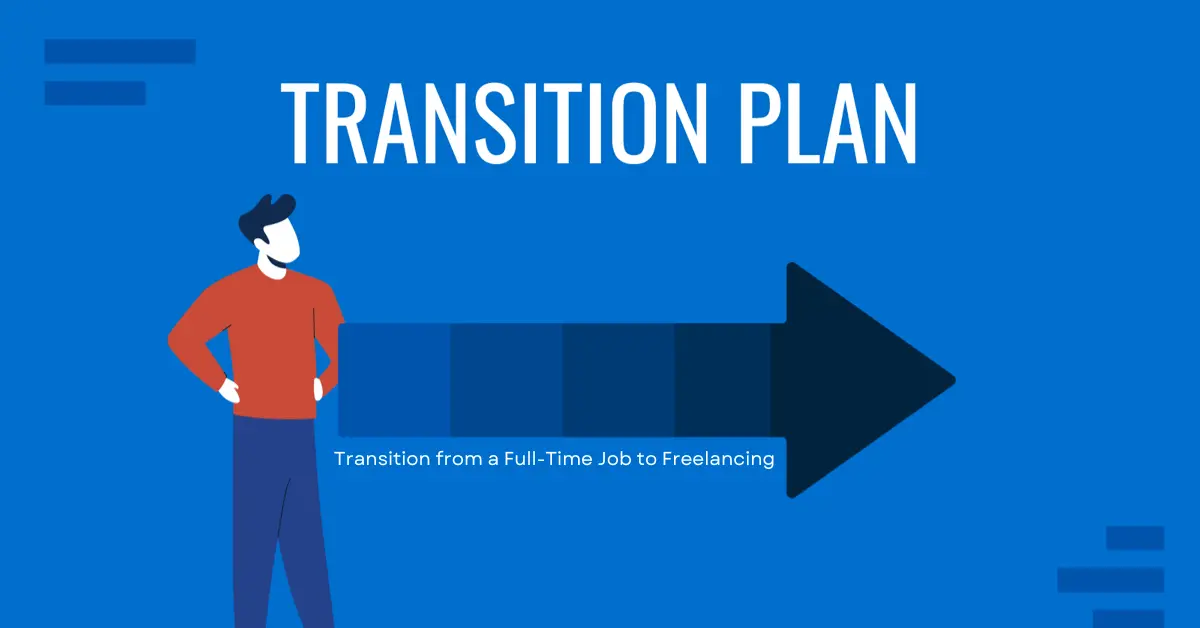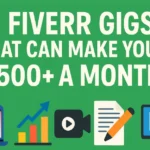Making the leap from a traditional 9-to-5 job to freelancing offers unmatched flexibility and the opportunity to pursue your passion while working independently. With the right planning and preparation, this transition can be both exciting and rewarding. Explore this comprehensive guide to make a smooth transition into your new full-time freelancing career.
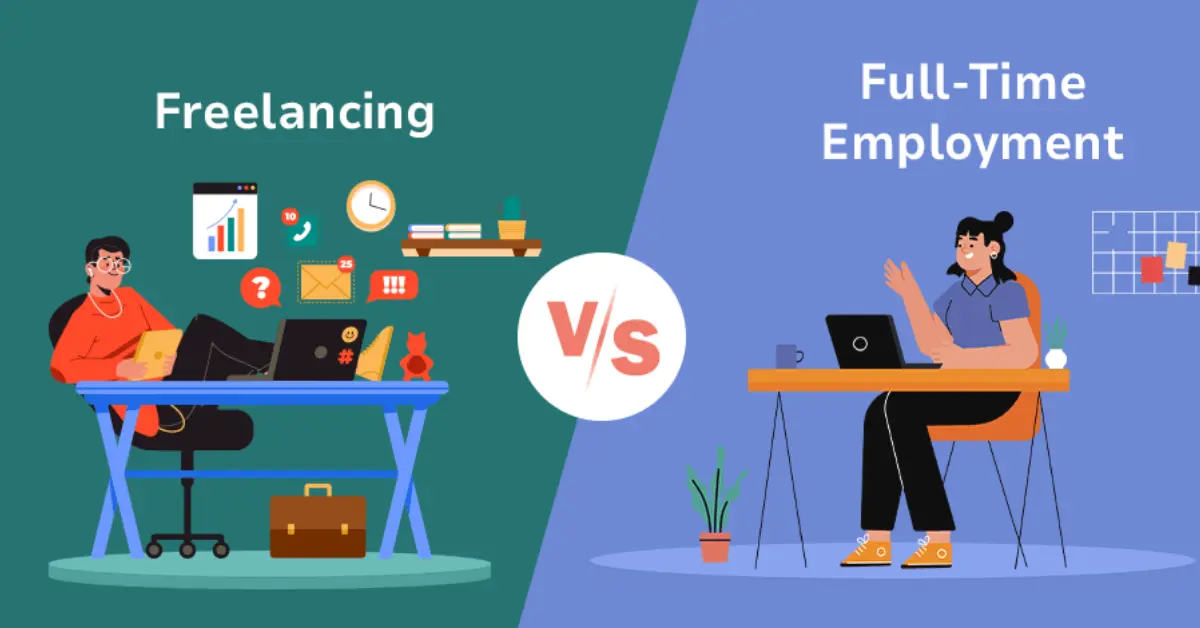
Table of Contents
ToggleAssess Your Readiness
Here are the key areas to assess before making the plunge into freelancing:
Evaluate Your Skills and Market Demand
Before diving into freelancing, take time to evaluate your skill set and how it aligns with the current freelance market. Research websites like Upwork, Fiverr, and LinkedIn for insights into demand for your specific expertise and the going rates for similar freelance work. This will help you identify areas where you excel and where you might need to expand your skills to meet the demand in your field.
From my experience, I took the time to evaluate my skills and market demand before transitioning, which helped me target the right niches and secure clients quickly. Knowing where to focus allowed me to build a stronger portfolio and gain the confidence to make that leap.
Financial Preparedness
Freelancing comes with an unpredictable income, especially in the initial months. Having a financial cushion to cover at least three to six months of living expenses is crucial as you navigate through sporadic income. It’s important to save up to bridge the gap between the end of your full-time job and the time when freelancing becomes stable enough to support your expenses.
In my case, saving for a few months before transitioning gave me peace of mind and helped me focus on building my freelance career without the pressure of immediate financial concerns. It allowed me to set realistic income goals and maintain motivation during the early stages.
Mindset and Self-Discipline
Freelancing requires a shift in mindset, particularly when it comes to self-discipline. Unlike a traditional job, where your boss oversees your work, you will need to manage your time and projects independently. Staying motivated and working efficiently without external supervision is key to long-term success in freelancing.
Personally, I realized that the flexibility of freelancing also meant I had to be even more organized and proactive. Setting daily goals and adhering to a schedule helped me stay on track and maximize productivity, ensuring that I could manage multiple projects efficiently.
Start with a Side Hustle
Here are some strategies to begin transitioning into freelancing while still employed: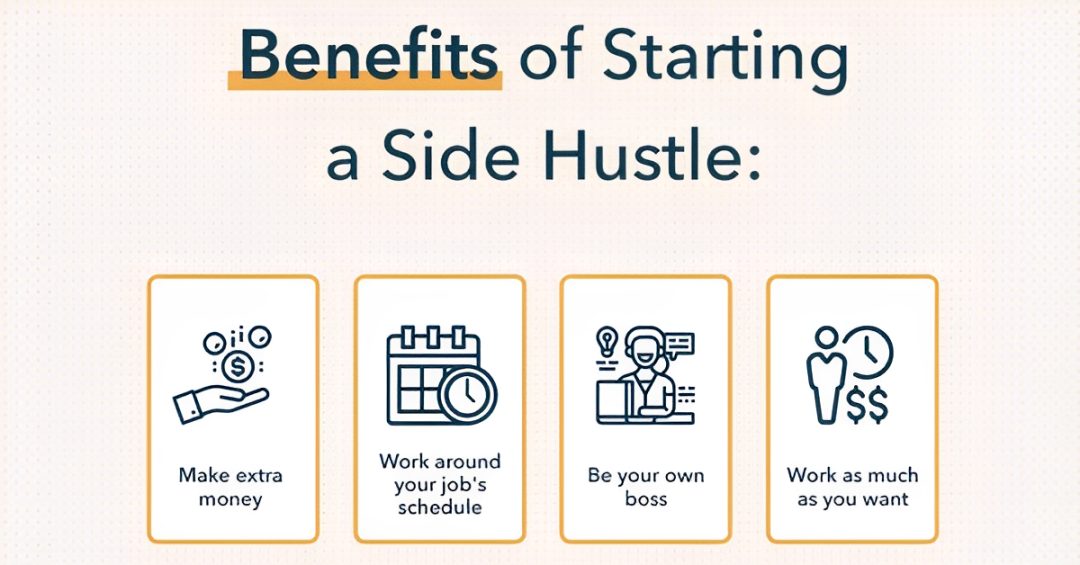
Build a Portfolio
Start by taking on freelance projects on the side to build a robust portfolio that showcases your best work. This will not only help you gain valuable experience but also assist in attracting clients as you grow your client base. Over time, your portfolio will become a key asset when you make the transition to full-time freelancing.
When I began freelancing, I started with small projects while still employed, allowing me to gradually build a portfolio and gain confidence. This strategy helped me create a strong foundation, which proved invaluable when I decided to fully commit to freelancing.
Network and Build Relationships
Networking is crucial in the freelance world. Join professional groups, attend industry events, and actively connect with potential clients and fellow freelancers. Building strong relationships can open doors to future job opportunities and collaborations, making your transition smoother and more successful.
I found that networking early on was key to landing my first few clients. By attending local freelancing events and engaging with others in my field, I was able to establish lasting connections that eventually led to a steady stream of work.
Test the Waters
Before making the full leap, consider starting as a part-time freelancer to test the waters and gauge your ability to manage the freelance lifestyle. This approach allows you to minimize the financial risk while testing your skills and adapting to the challenges of freelancing, all while still having the safety net of a full-time job.
In my case, testing the waters was an essential part of my journey. I worked on freelance projects during evenings and weekends, which gave me a sense of the time commitment and challenges without the pressure of fully relying on freelancing income.
Plan Your Transition
Here are the crucial steps to take when planning your move to freelancing:
Set Clear Goals
To achieve success in freelancing, set specific, measurable, achievable, relevant, and time-bound (SMART) goals. These should include financial targets, the number of clients you aim to acquire, or the specific projects you plan to complete within a set timeframe. Clear goals will help you stay motivated and focused as you work towards a thriving freelance career.
When I made the transition, I set clear SMART goals, which helped me break down larger milestones into manageable tasks. This approach gave me a sense of accomplishment along the way and kept me on track during the initial stages of freelancing.
Develop a Business Plan
A solid business plan is essential for any freelancer. Define the services you’ll offer, create a marketing plan, set a pricing strategy, and determine your target market. Include financial projections to ensure you are prepared for the challenges ahead. This will provide you with the direction needed to stay focused on your goals and help you grow your business.
I found that developing a business plan gave me a clearer vision of what I wanted to achieve and how to structure my freelance work. By mapping out my services and target market, I felt more confident in setting my rates and approaching potential clients.
Legal and Administrative Preparation
Freelancing involves several legal matters, such as taxes, contracts, and other freelancing requirements. Take the time to research what’s needed in your area, including consulting a lawyer if necessary. Ensure that you understand the steps involved in registering your business and protecting your intellectual property. Preparing these administrative aspects ahead of time will ensure a smooth start to your freelance journey.
Before I transitioned to freelancing full-time, I made sure all my legal matters were in order, from contracts to taxes. Having everything prepared in advance saved me a lot of stress later and allowed me to focus solely on growing my business.
Build a Strong Online Presence
Here are key strategies to build a powerful online presence as you transition to freelancing:
Create a Professional Website
Your website is often the first point of contact for potential clients, making it an important tool in your freelancing journey. Invest in a professional-looking website that showcases your portfolio and highlights your skills and experience. Ensure your site is optimized for search engines (SEO) to increase visibility and make it easier for clients to find you.
When I created my website, it became a central hub for clients to learn more about my services, view my past work, and reach out directly. A clean, well-organized website helped me stand out and made it easier to attract potential clients through organic search.
Leverage Social Media
Social media is one of the most powerful tools for freelancers. Use platforms like LinkedIn, Instagram, Twitter, and Facebook to showcase your expertise, share your work, and connect with potential clients and other professionals in your field. Regular engagement can provide valuable exposure and build your network, creating opportunities for collaborations and new gigs.
I found that actively engaging on LinkedIn and sharing updates about my projects helped me grow my professional network and attract new clients. Social media allowed me to reach a wider audience and provided an avenue for sharing success stories, which boosted my credibility.
Join Freelance Platforms
Joining freelance platforms like Upwork, Fiverr, and Freelancer can help you find gigs and build your reputation as a freelancer. While these job boards can be competitive, they offer great opportunities to gain experience and land projects. Be mindful of fees and choose platforms that align with your skill set and goals.
For me, starting on platforms like Fiverr allowed me to build my reputation and receive positive reviews, which later helped me secure higher-paying clients. The competitive nature of these sites pushed me to improve my skills and set competitive rates
Financial Management
Here are essential steps to manage your finances effectively as you transition into freelancing: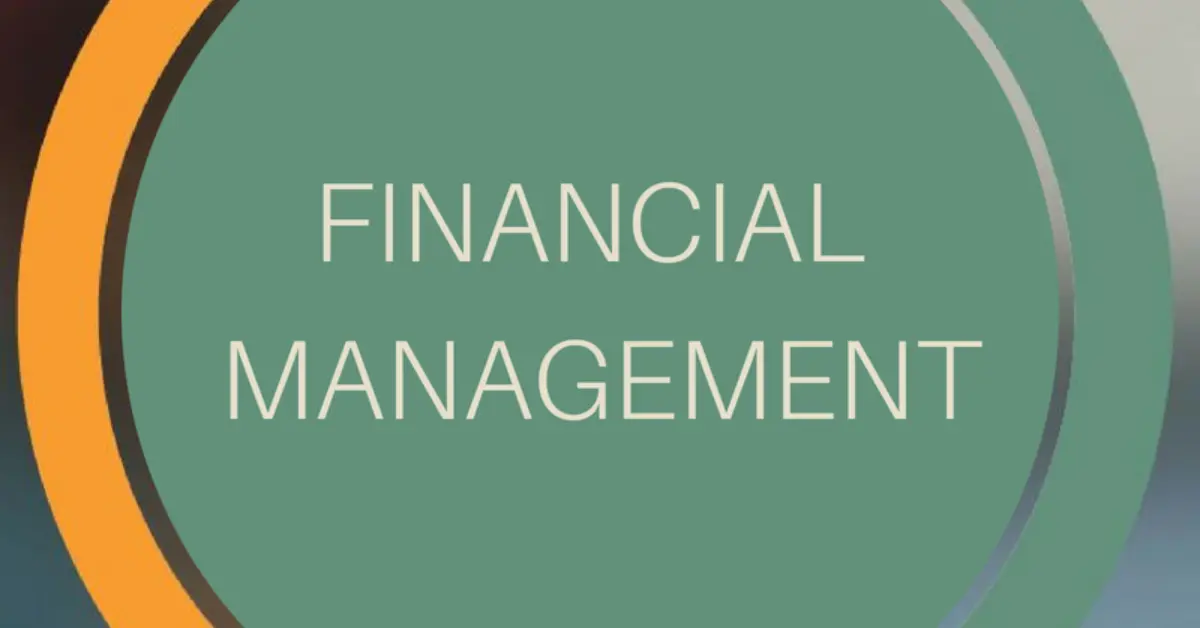
Set Your Rates
Determining your rates as a freelancer can be challenging, but it’s crucial to set rates that reflect your worth. Do research to understand industry standards and consider your experience, skill level, and the complexity of the work. Avoid the temptation to undervalue yourself, as setting fair rates aligned with your financial goals will help you sustain a successful freelance career.
When I first set my rates, I spent time researching what others in my field were charging and adjusted based on my growing experience. This helped me avoid undercharging while ensuring I met my financial objectives as a freelancer.
Manage Your Finances
As a freelancer, it’s important to keep meticulous records of your income and expenses. Using accounting software or hiring an accountant can help you manage your finances and stay on top of taxes. You are also responsible for contributing to your own retirement plan, unlike with an employer. Ensuring that you plan for these expenses from the start will keep you financially stable.
I personally use accounting software to track my income and expenses, which has been a game-changer in maintaining financial clarity. With no employer to manage deductions, keeping track of everything myself helps me stay on top of taxes and save for the future.
Invoice Promptly
Having a solid system for invoicing clients is crucial to ensure timely payments. Always send invoices promptly, with clear and detailed descriptions of the work performed. Follow up on late payments to maintain a professional relationship and ensure consistent cash flow.
In my experience, invoicing promptly and setting clear expectations with clients about payment terms helped me avoid delays and manage my cash flow efficiently.
Master Time Management
Here are key strategies to manage your time effectively as a freelancer: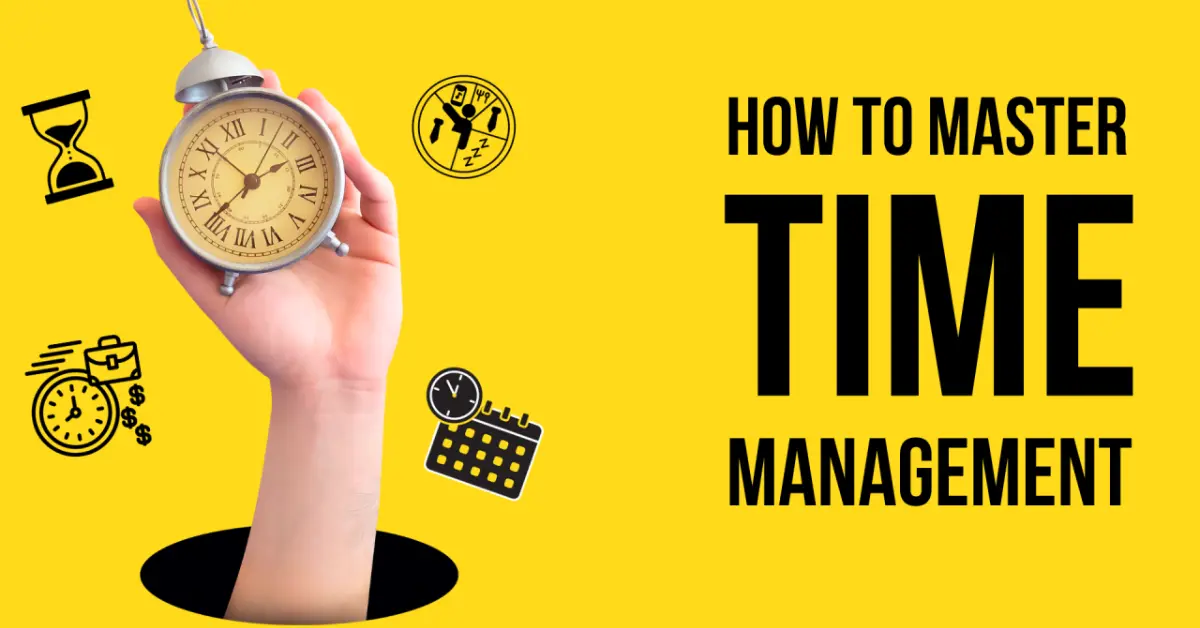
Create a Schedule
While freelancing offers flexibility, it’s still essential to establish a routine and schedule that works for you. Balancing work hours with personal time can be challenging, but creating a consistent schedule helps you stay productive and maintain focus throughout the day. A well-planned schedule also prevents burnout by ensuring you take regular breaks and don’t overwork yourself.
When I started freelancing, setting a fixed work schedule helped me stay productive without feeling overwhelmed. It gave me the flexibility to balance personal tasks while ensuring I met deadlines for my clients.
Set Boundaries
One of the biggest challenges of freelancing is maintaining a work-life balance. Setting clear boundaries between work and personal life is key. Designating a specific workspace and communicating your working hours to both clients and family members ensures that you stay focused when working and enjoy quality time outside of work.
For me, creating a separate workspace and setting clear expectations with my family about my working hours helped me stay focused during work hours and disconnect when I needed personal time. This made a huge difference in my overall well-being.
Use Productivity Tools
To stay organized and productive, consider using project management tools like Trello, Asana, or Monday.com to track your tasks and deadlines. Additionally, time-tracking apps such as Toggl or Harvest help you monitor how much time you spend on various projects, giving you insight into where you can improve efficiency.
Personally, I rely on Trello to manage my client projects and Harvest to track my work hours. These tools helped me stay on top of tasks and deadlines, making my workday more structured and efficient.
Continuously Improve and Adapt
Here are effective ways to keep growing and evolving as a freelancer:
Seek Feedback
Getting feedback from clients is crucial for understanding what you’re doing well and where you can improve. Positive testimonials can help you attract new clients, while constructive criticism allows you to refine your services and grow professionally. Always be open to feedback as it provides valuable insights to grow your business.
When I first started freelancing, I regularly asked for feedback from clients to understand how I could enhance my services. Incorporating their suggestions not only improved my work but also helped me build a strong reputation and attract new clients.
Invest in Professional Development
To stay competitive in the freelance market, it’s important to stay updated on industry trends and constantly improve your skills. Whether it’s reading books, attending workshops, or taking online courses, investing in professional development ensures you remain relevant and can adapt to the ever-changing demands of your field.
I make it a point to attend online workshops and read industry-related books, which have been invaluable in keeping my skills sharp and maintaining a competitive edge. This continuous learning has contributed to my long-term success in freelancing.
Adapt to Changes
The freelance landscape is dynamic, and adaptability is key to long-term success. Stay open to learning new skills and adjusting your services to meet the evolving needs of the market. By exploring new markets and seizing opportunities, you can ensure that your business remains relevant and successful in the face of change.
I’ve learned to embrace change by continually adjusting my services to meet market demands. Whether it was exploring new freelance niches or adding new skills, this flexibility has been crucial in helping me grow my business and stay ahead of the competition.
Conclusion
Transitioning from a full-time job to freelancing opens doors to more freedom and the chance to work on your own terms. With careful planning, financial preparation, and consistent self-improvement, you can smoothly navigate this career change. By following the steps in this guide, you’ll be better equipped to succeed in your new freelancing career and achieve long-term success.
FAQs
Can I freelance if I have a full-time job?
Yes, it can be appropriate to do freelancing alongside a regular job, as long as it doesn’t violate any agreements or policies set by your employer. However, it’s important to manage your time effectively to avoid burnout and ensure you’re meeting your commitments at both your job and freelance projects.
Is freelance better than a full-time job?
If you enjoy working independently and have the self-motivation and time management skills to meet deadlines and create a balanced schedule, you may excel at freelancing. However, if you prefer collaborating, being part of a team, and experiencing company culture, working as an employee may be a better fit.



